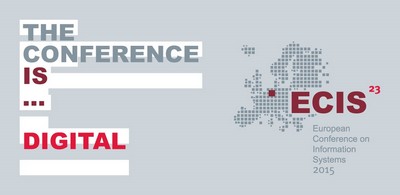DOI
10.18151/7217342
Abstract
The impact of online communication on offline communication has received considerable research attention. Yet predominantly single level studies yield conflicting research findings and lack theoretical foundation. This study deviates from previous studies by developing a peer effect model rooted in Adaptive Structuration Theory (AST) in which the individual is embedded in social and technological structures. Offline communication is dependent on own online communication as well as the opportunities to connect with peers online. We argue that own online communication is only supplemental to offline communication if substitution is hampered by infrequent online communication of peers within the local environment as “it takes two to tango”. Furthermore, frequent online communication of peers within the local environment results in a reduction in offline communication among users and non-users, resulting in non-users’ social exclusion both online and offline. Our model predicts that substitution and exclusion effects become stronger as the internet is used for more divers forms of interactive communication. Results from our analysis using a multi-country dataset covering the years 2002 to 2012 provide empirical support for our model. We contribute to online communication literature with an AST perspective including on peer effects and technological change. Research and policy implications are discussed.
Recommended Citation
Hage, Eveline and Noseleit, Florian, "Changes and Variations in Online- and Offline Communication Patterns: Including Peer Effects" (2015). ECIS 2015 Completed Research Papers. Paper 68.
ISBN 978-3-00-050284-2
https://aisel.aisnet.org/ecis2015_cr/68


